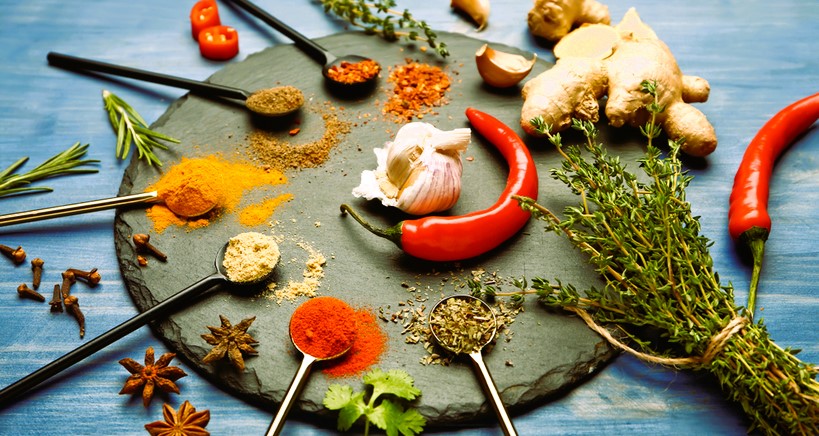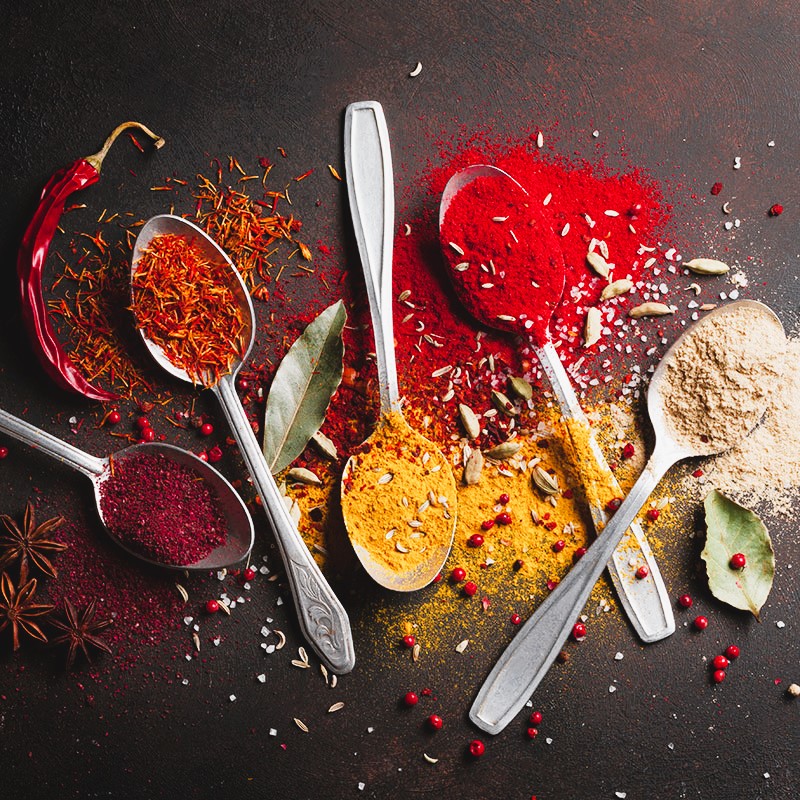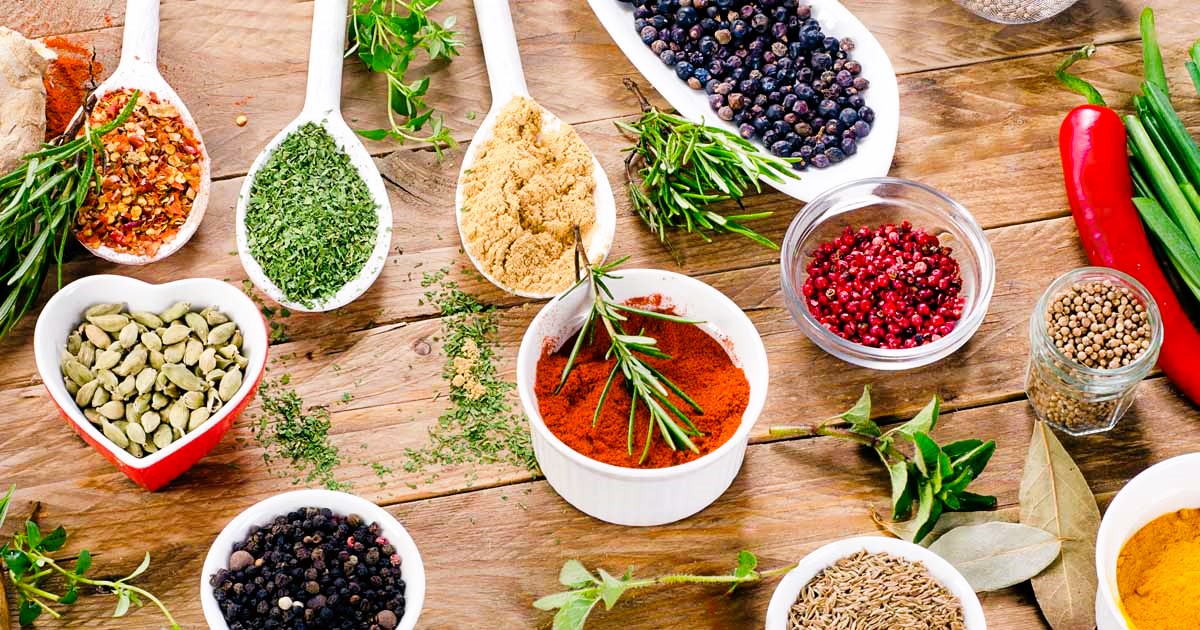Spices have been an integral part of human culinary history for thousands of years. From the ancient spice routes to the modern global trade, these aromatic gems have played a crucial role in shaping the flavors and character of cuisines across the world. Let’s embark on a flavorful journey to explore the significance of spices in global cuisine, their cultural impact, and the ways they have enriched our palates.
The Spice Routes: A Journey of Discovery
The fascination with spices dates back to antiquity when traders embarked on perilous journeys along the fabled Spice Routes to procure exotic flavors from distant lands. These routes connected the East and West, facilitating the exchange of spices, precious stones, and other valuable commodities.
The Silk Road, one of the most famous trade routes, facilitated the exchange of spices like pepper, cinnamon, cloves, and nutmeg, along with silk, tea, and other treasures. These spices not only enhanced the taste of food but were also highly valued for their medicinal properties and use in perfumery.
Cultural Significance of Spices

The use of spices in culinary traditions is deeply intertwined with the cultures of various regions. Spices have been revered for their ability to add depth, complexity, and a sense of identity to dishes, making them an essential part of cultural heritage.
- Indian Cuisine: Indian cuisine is known for its rich and aromatic use of spices, such as cumin, coriander, turmeric, and cardamom. These spices form the foundation of Indian curries, biryanis, and masalas, creating a symphony of flavors that delight the senses.
- Middle Eastern Cuisine: Middle Eastern cuisine features spices like sumac, za’atar, and baharat, infusing dishes like hummus, falafel, and kebabs with a unique flavor profile.
- Southeast Asian Cuisine: The vibrant flavors of Southeast Asian cuisine are attributed to spices like lemongrass, galangal, and chili peppers, found in dishes like Thai curries and Vietnamese pho.
- Mexican Cuisine: Mexican cuisine celebrates spices like cumin, chili powder, and oregano, contributing to the distinctive taste of dishes like tacos, enchiladas, and mole sauces. Desserts to Die For: Decadent Sweet Treats and Their Origins.
The Global Impact of Spices
The spice trade not only influenced culinary traditions but also shaped the course of history. During the Age of Exploration, European nations sought direct access to the Spice Islands, resulting in the discovery of new lands and the establishment of colonial empires. The quest for spices played a significant role in the exploration of the Americas and other parts of the world.
The allure of spices also influenced trade relationships and diplomatic ties between nations, leading to cultural exchanges and the fusion of culinary traditions. For example, the blending of Indian spices with Portuguese cooking techniques gave rise to the unique flavors of Goan cuisine.
Standards and Quality Assurance
The Canadian Food Inspection Agency (CFIA) ensures the safety and quality of food products, including spices, in Canada. The CFIA sets standards and regulations to maintain the integrity of spices, protecting consumers from potential health risks and fraudulent practices in the spice trade. (Source: Canadian Food Inspection)
Conservation and Biodiversity
Preserving the biodiversity of plants and spices is essential for maintaining the cultural heritage and flavors of global cuisine. The Invasive Species Council of British Columbia (ISCBC) plays a crucial role in raising awareness about invasive species that can impact local flora and fauna, including spices used in culinary traditions.
The Quest for Authenticity
As the demand for exotic spices continues to grow, ensuring authenticity and ethical sourcing is paramount. Consumers and chefs alike seek spices that are sustainably harvested and traded, supporting fair practices and benefiting local spice growers and communities.
Innovations in Spice Blends
While traditional spice blends remain integral to many cuisines, innovative chefs and home cooks have experimented with fusion blends that combine flavors from different culinary traditions. These new spice combinations add a contemporary twist to classic dishes, offering a delightful fusion of aromas and tastes.
The Magic of Spice Pairings

Understanding spice pairings is akin to mastering an art form. Combinations like cinnamon and cumin, ginger and garlic, or star anise and cloves create harmonious flavor profiles that elevate dishes to new heights.
Spices in Desserts: A Sweet Surprise
Spices aren’t limited to savory dishes; they also find their way into sweet treats. Cinnamon, nutmeg, and cloves add warmth to apple pies, ginger lends a zing to gingerbread cookies, and cardamom infuses Indian desserts with a delightful aroma.
A World of Aromas and Flavors
In conclusion, the role of spices in global cuisine is far-reaching and profound. Beyond enhancing flavors, spices have historical, cultural, and economic significance. They tell stories of exploration, trade, and the blending of diverse culinary traditions.
As you embark on your culinary adventures, allow the magic of spices to transport you to distant lands, where the aromas of exotic bazaars and the flavors of traditional dishes awaken your senses. Celebrate the diversity of global cuisine and savor the richness that spices bring to each and every dish.




